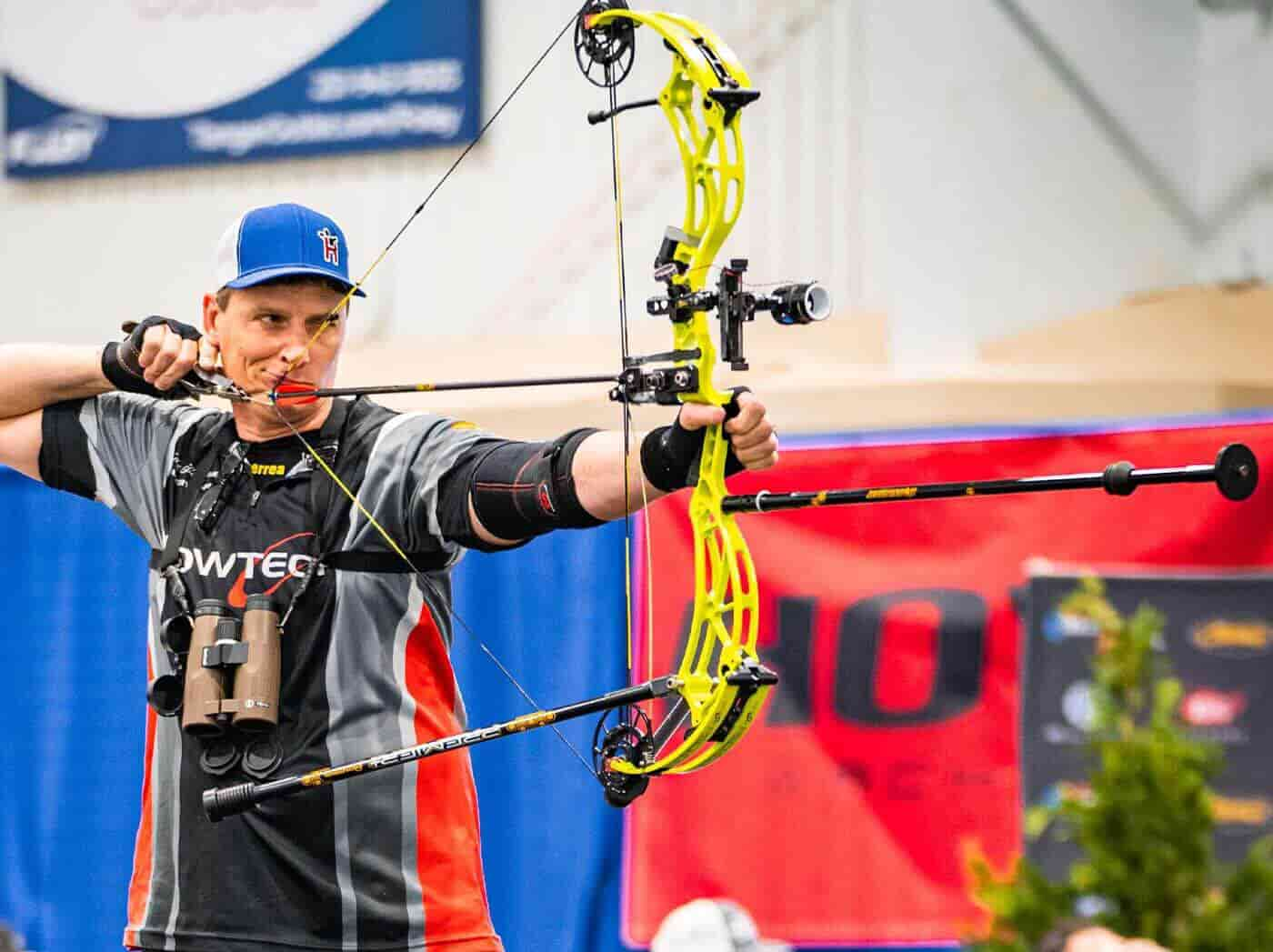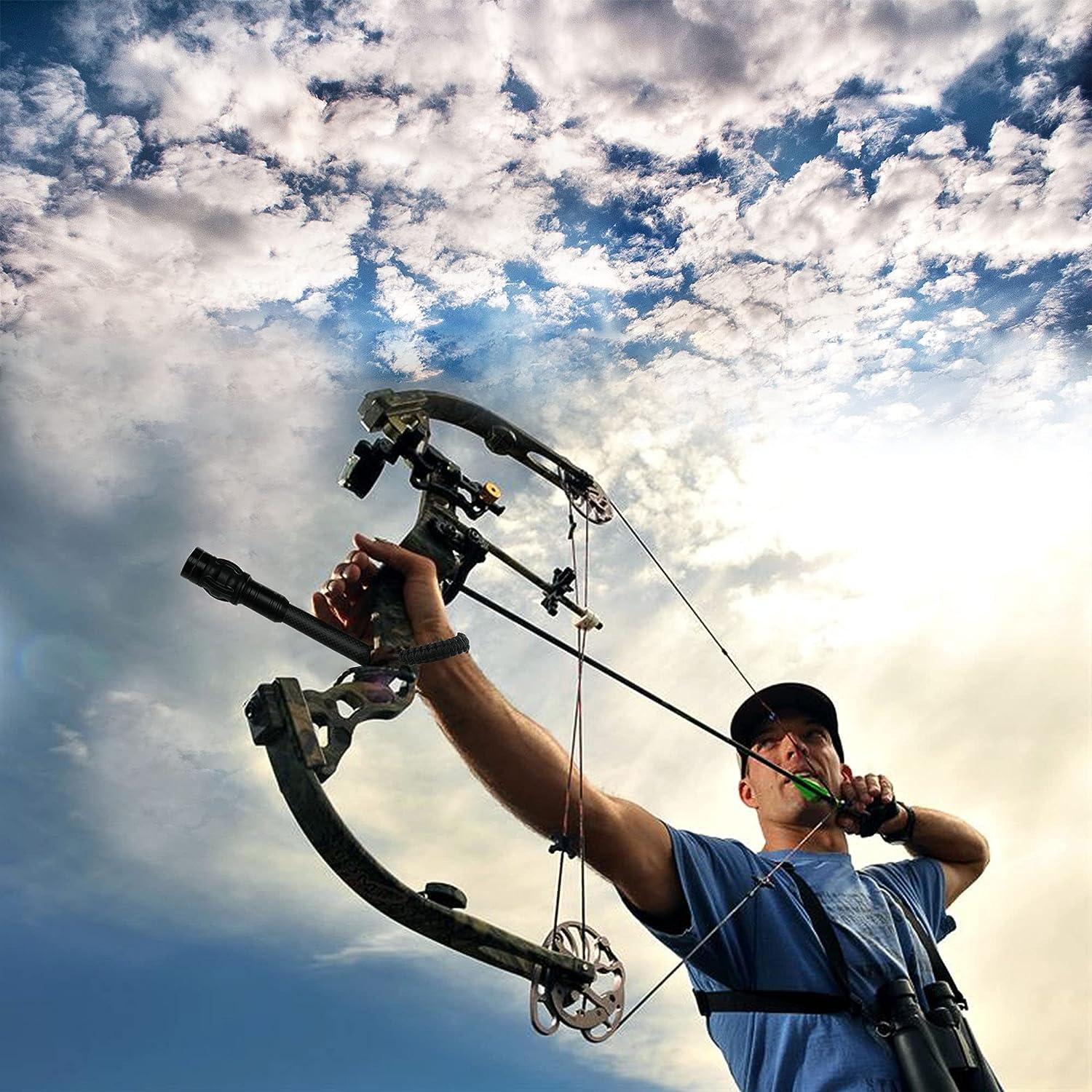Optimize Your Archery Performance With the Perfect Stabilizer: a Comprehensive Customer's Overview
In this thorough buyer's guide, we will discover the different kinds of stabilizers, essential variables to take into consideration, the importance of proper size and weight, picking the best damping system, and maintenance suggestions. Whether you're an experienced archer or simply starting out, this overview will aid you navigate the world of stabilizers and optimize your archery performance.
Kinds of Stabilizers
There are three major sorts of stabilizers generally used in archery performance. These stabilizers play a crucial duty in improving precision and reducing bow torque. The initial type is the long rod stabilizer. Lengthy pole stabilizers are generally affixed to the front of the bow and prolong in an outward direction. They give balance and security during the shot, minimizing any unneeded motion. Lengthy rod stabilizers are especially effective in reducing bow torque, enabling for an extra consistent and steady release.
The second type of stabilizer is the side rod stabilizer. Side rod stabilizers are attached to the side of the bow and help counterbalance any lateral movements.
The third type of stabilizer is the V-bar stabilizer. V-bar stabilizers are commonly made use of in conjunction with side pole stabilizers to additionally improve security.
Comprehending the different kinds of stabilizers is necessary when picking the best tools to maximize archery performance. Each stabilizer type serves a certain purpose, and selecting the ideal combination can significantly enhance precision and uniformity on the array or in the field.
Key Variables to Think About

Most importantly, it is necessary to consider the size and weight of the stabilizer. Longer stabilizers provide boosted stability and equilibrium, while much shorter ones supply even more ability to move. The weight of the stabilizer affects the total equilibrium of the bow, and it is necessary to discover a stabilizer that matches the weight of your bow.
One more important element to consider is the material of the stabilizer. Stabilizers are commonly made from light weight aluminum, carbon, or a combination of both. Light weight aluminum stabilizers are long lasting and provide outstanding resonance moistening, while carbon stabilizers are lightweight and offer superior vibration absorption.
Additionally, it is crucial to examine the design and adjustability of the stabilizer. Some stabilizers include adjustable weights and dampeners, enabling you to customize the balance and resonance control. In addition, considering the mounting choices and compatibility with your bow is important to ensure a correct and safe and secure fit.
Last but not least, budget is a substantial factor to consider. Stabilizers can be found in a series of rates, and it is important to find one that fits within your budget plan while still meeting your efficiency requirements.
Importance of Proper Size and Weight

Proper size and weight are essential aspects that dramatically affect the efficiency of an archery stabilizer. It is necessary to consider the shooting style, target distance, and individual preference when choosing the length of a stabilizer.
Similarly, the weight of the stabilizer plays a vital role in accomplishing ideal efficiency. A heavier stabilizer takes in extra vibration and reduces bow movement during the shot, causing a steadier aim and tighter groups. A stabilizer that description is as well hefty can trigger fatigue and impact the shooter's ability to hold consistent. It is necessary to strike an equilibrium in between weight and maneuverability to facilitate comfortable capturing and preserve uniformity.
Moreover, the size and weight of the stabilizer need to work with the archer's physical strength and shooting strategy. By selecting the ideal size and weight, archers can optimize their stability, decrease bow torque, boost precision, and enhance general efficiency. It is recommended to talk to skilled archers or professionals to guarantee the very best suit between the stabilizer and specific shooting needs.
Selecting the Right Damping System
The choice of an appropriate damping system is critical in enhancing the performance of an archery stabilizer. A damping system is developed to lower the vibrations and noise produced when an arrow is released, supplying the archer with a much more steady and precise shot. When choosing the ideal damping system for your stabilizer., there are several variables to consider.
To start with, it is vital to consider the sort of product used in the damping system. Rubber and rubber-like materials are commonly utilized because of their ability to take in resonance successfully. These materials are lightweight and likewise long lasting, making them excellent for archery stabilizers.
Second of all, the layout of the damping system must be thought about (archery stabilizer). Seek a system that offers numerous get in touch with factors with the stabilizer, as this will distribute the vibrations extra evenly and additionally improve the stabilizer's efficiency
Additionally, think about the adjustability of the damping system. Being able to adjust the level of damping can be valuable, as various archers might have varying preferences and shooting designs.
Finally, it is necessary to make sure that the picked damping system is suitable with your stabilizer. Examine the dimensions and requirements to make sure a proper fit.
Upkeep and Care Tips
To ensure ideal performance and long life of your archery stabilizer, it is vital to apply proper maintenance and treatment methods. Routine maintenance not just stops wear and tear yet also aids identify any kind of prospective concerns before they come to be major issues. One of the very first steps in keeping your stabilizer is to cleanse it consistently. Make use of a soft anonymous cloth or brush to remove dust, dirt, and debris from the stabilizer and its components. Pay unique focus to the weight system, as dirt can gather in the strings and affect its functionality. Additionally, evaluate all the components of the stabilizer for any type of signs of damages or wear, such as fractures or loose screws. It is essential to resolve them view publisher site promptly to stop more damage if any type of concerns are discovered. Lubricating the moving components of the stabilizer, such as the dampers and weight system, is also vital to guarantee smooth procedure. Use a high-grade lubricant suggested by the manufacturer and adhere to the directions provided. Last but not least, store your stabilizer in a cool, dry area far from direct sunshine and severe temperatures to stop bending or various other damages. By complying with these upkeep and care tips, you can make the most of the efficiency and long life of your archery stabilizer.
Final Thought
To conclude, choosing the appropriate stabilizer for archery is crucial for taking full advantage of efficiency. By considering variables such as stabilizer kind, size, weight, and damping system, archers can enhance their accuracy and security. Additionally, correct upkeep and care of the stabilizer is necessary for its long life and optimal functioning. With the ideal stabilizer and correct attention to these variables, archers can improve their overall archery experience.
The 2nd kind of stabilizer is the side rod stabilizer.The 3rd type of stabilizer is the V-bar stabilizer. V-bar stabilizers are commonly utilized in combination with side pole stabilizers to better enhance security. The weight of the stabilizer influences the overall equilibrium of the bow, and it is vital to find a stabilizer that matches the weight of your bow.
Light weight aluminum stabilizers are resilient and give exceptional vibration moistening, while carbon stabilizers are light-weight and offer premium vibration absorption.
Comments on “Achieve Stability in Your Shot: Comprehending Archery Stabilizers”